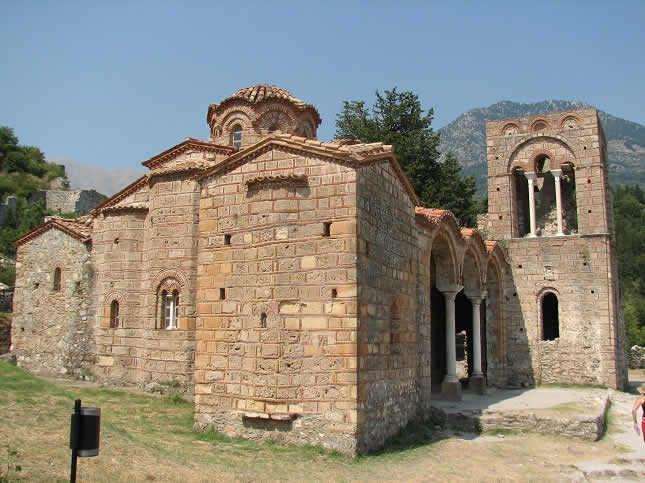THE MAGNIFICENT TREASURES OF ATHENS AND MAINLAND GREECE
. Le 4 avril 2016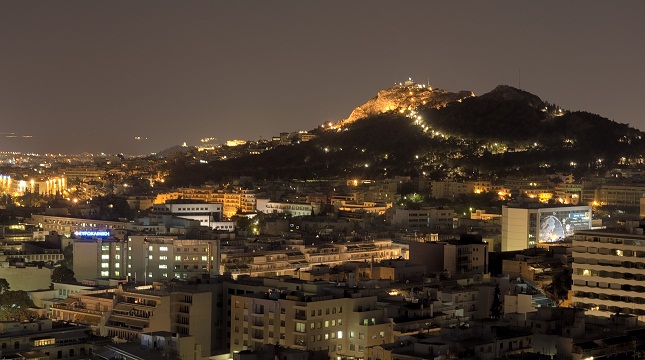
Discover Ancient Ruins, Gladiator Arenas and Classical Temples
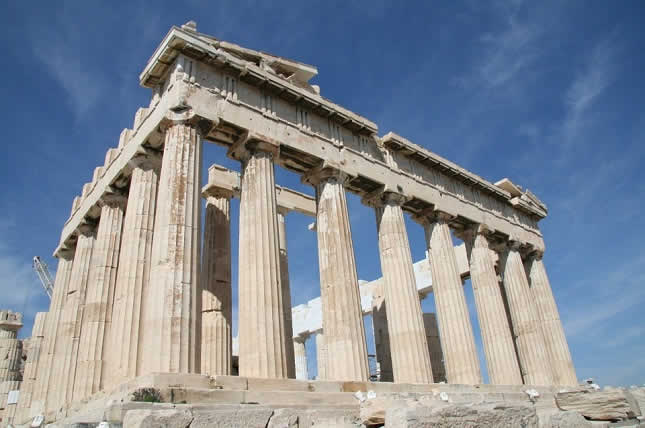
The trip along the scenic coastal road of the Saronic Gulf to reach the Corinth Canal provides perfect photo opportunities of unspoiled countryside. The narrow waterway cuts through the narrow Isthmus of Corinth and separates the Peloponnese from the Greek mainland. Built for ships to avoid the 700 km journey round the Peloponnese, it is still too narrow for large ocean freighters and even smaller vessels have to adhere to the one-way system to pass through.
From here, it is easy to proceed to Ancient Corinth located at the northern base of the hill of Acrocorinth. The well-preserved archeological site has a number of interesting ruins, including the temples of Apollo and Octavia, the ruined theatre used for gladiatorial contests and the Glauke Fountain, containing 4 pools inside. Next, head for the great Theater of Epidaurus en route to the picturesque seaport town of Nafplio, the first capital of Modern Greece. Today, the historical town maintains a charming traditional architectural style with a number of impressive monuments and notable statues located round the square, and the theater, built in 340 BC, is memorable for its beauty and its exceptional acoustics, and is still used today for dramatic theatrical performances and concerts.
Take a Glimpse into the Past Learning the History behind Greece’s Ruined Sights
Don’t miss out on the medieval ruins of Mystras. Known as the “Wonder of the Morea” and built as an amphitheater in 1249. The town was abandoned in 1832, leaving behind only its ancient ruins on the slopes of Mt. Taygetos, near ancient Sparta. It overlooks the modern village of Mystras and includes a fortress, a palace, ruined monasteries, and in particularly, a church that houses rare frescoes dating between 1348 and 1380. The notable archaeological site has also been named as a UNESCO World Heritage Site.
Monemvasia, a charming medieval town built on a slope, on a small island off the east coast of the Peloponnese is also worth a visit. The islet is a result of an earthquake in 375 AD which separated it from the mainland and left it about 100 meters above sea level. The town, overlooking the Palaia Monemvasia bay boasts the relics of an imposing fortress and a number of Byzantine churches of interest.
Explore Spectacular Caves, Marvel at the Vast Olive Groves and Appreciate the Scenery
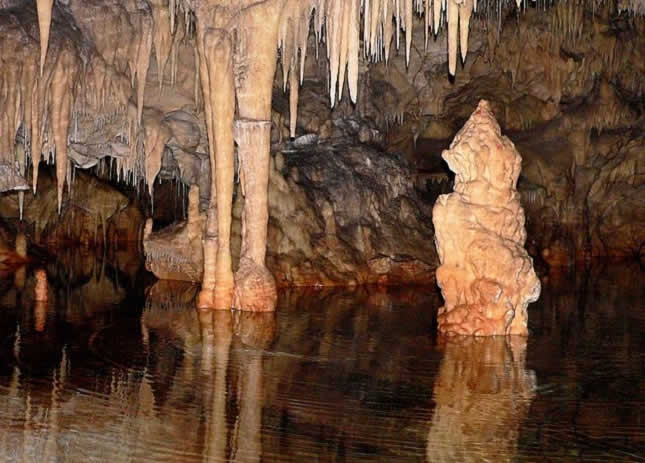
Head for the breathtaking caves of Diros which are located a short distance from Pirgos Diros, south of Areopolis. The 3 rocky caves, are only accessible by small boats through the narrow passageways which are decorated with stalagmites and stalactites and form part of an underground river. Evidence suggest that they were once used as places of worship in Paleolithic and Neolithic times, and they were believed to be the entrance to the underworld.
A leisurely drive through Messiniaki Mani, notable for its breathtaking scenery along the coast of the Messinian Gulf also wouldn’t go amiss en route to the sanctuary of Olympia on the Peloponnese peninsula. Messiniaki boasts vast olive groves, sandy beaches, tiny ports and villages, traditional stone bridges and an abundance of wild flowers and herbs growing throughout the year, whilst Olympia is renowned for having been the site of the Olympic Games in classical times and the former site of the colossal statue of Zeus.
Walk in the Steps of Ancient Olympic Athletes and Envisage Historic Battles
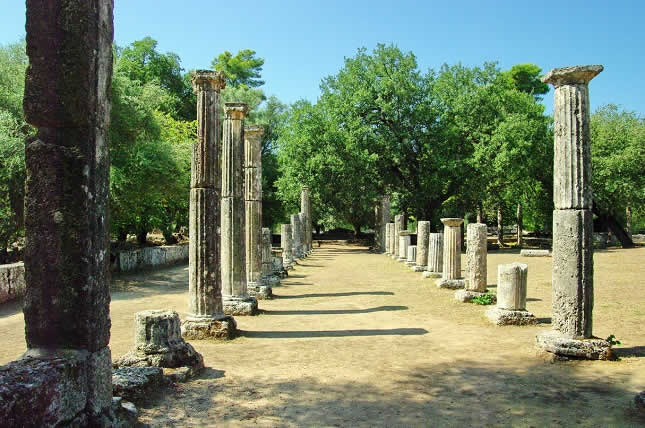
Explore Ancient Olympia also known as the Altis. Many impressive buildings and monuments stand on the site of this ancient sanctuary, including the Temples of Hera and Zeus, the Echo Stoa, (a covered walkway), the Philippeion, (one of the numerous memorials) and the stadium, where games were held between 776 BC and 393 AD, and from where the Olympic torch is still lit before it leaves for the country hosting today's modern Olympic Games.
The Archaeological museum, one of the most important museums in Greece and home to relics from excavations dating from prehistoric times is also located here. The impressive building boasts 12 exhibition rooms displaying priceless exhibits, including the marble statues of the temples of Zeus and Hermes, carved by the ancient Greek sculpture Praxiteles, ancient helmets, such as the one worn by Miltiades in the battle of Marathon and the bronze battering-ram, the only surviving one of its kind in antiquity. Other parts of the museum are used for storage and conservation of mosaics, pottery and glazed ceramics.
For further information on this intriguing sightseeing tour, you can visit the official websites: www.travelive.com and www.travel2greece.com.


